It's again THAT time of year and Flickr has come up with its roundup of the “Top 25” Photographs for 2017.
Flickr as we all know, is a great platform where professionals, experienced photographers and others share their work with a huge audience.
Members can also learn from the EXIF data that is now widely available for a majority of the photographs shared on the platform. Viewing EXIF data lets photographers get an idea of what it takes to make great photographs to keep viewers engaged.
When looking at the photos that have made it to the Top 25 on Flickr this year, there is a bit of variety compared to last year – there are more wildlife images and a macro and it also reveals what type of photography is still most popular amongst a majority of the viewers.
Out of the 25 images that made it to the top 25, only 17 images had complete EXIF data. Based on the data that was available, we have put together some information that we thought would help you get an overview of the characteristics that these images possess to hit the top 25.
Image by Wayne Pinkston 8 vertical images taken at 14mm, f/2.8, 20 sec
How Did Flickr Judge the Top 25?
For those interested, this is how Flickr makes the decision to arrive at the top 25 images:
In order to finalize the top 25 images, Flickr goes through billions of photos posted by photographers from around the world and creates a collection that takes into account diversity of talent and perspectives. To get the final list, Flickr uses an algorithm that takes into account a combination of social and engagement data, that includes views, faves, and shares.
The staff at Flickr then curate this raw data to avoid this being a popularity contest and also make sure that only one photo per photographer makes it to the top 25 list. There are photographers in the list who have in the previous years made it to the top 25 on Flickr.
Looking at the top 25 images:
- The views of the images range from 111,183 to 688,884 views, and
- The faves from 2,901 to 8,205 (at the time of writing this article)
What Subjects Do the Photographs Show?
Looking through the images on the list, it is surprising that only one image that made to the list can be classified as street photography and a total of only five images have people in them (2 of them very wide angle shots). With the growth of travel and street photography, it makes one think why those images did not make it to the top 25 this year – looks like the expectations are quite high for those genres.
Image by Max Gor
Orientation Of Photos
Another interesting fact is that 23 of the top 25 images were shot in a horizontal orientation, which reveals the fact that most photographers and viewers still feel comfortable or find it visually appealing. It could also be that the audience respond well to landscape orientation or photographers, in general, choose to shoot horizontal as it is more convenient. We will leave it for you to decide!
Another contributing factor to shooting landscape orientation could be that when you view a picture full screen, the landscape orientation fills the screen giving the viewer more to look at compared to portrait orientation. In a zoomed mode or when viewing a large version on a webpage, one will have to scroll a lot vertically down to look at the entire portrait oriented image, which can sometimes be less appealing as the viewer may not get to see the full-size image on the screen.
Post Production Software
Next up was the use of post-production software that photographers in the top 25 images used. For another year, Adobe has dominated, with 8 images post-processed in Adobe Photoshop and 8 in Adobe Lightroom. Others include 1 in Capture One, 1 in ACDSee 8 and the rest unknown. These results reflect that most photographers prefer using Adobe products for post-processing.
Other Plugins: With regards to using Nik or Topaz or other Plugins, this information was not available for any of the images
What Creative Choices Have The Photographers Used?
Shockingly, only one black and white image has made it to the top 25 which is a figure that has been declining over the years. All the other 24 images are color images. Almost all images seemed to have been post-processed to look natural with an acceptable level of saturation – this could be a subjective judgment! No images look undersaturated.
Image by Koen Jacobs
What Are The Biggest Takeaways From Flickr’s Top 25?
From the available data, it is evident that:
- Adobe is a clear winner again this year when it comes to software for post-processing images.
- Color photographs are the most dominant, to be precise 96% of the images (24/25) are color.
- Long exposures are on the increase with 9 shots coming under this category.
- 2 panorama shots have made their way into the top 25 and both were images combined to create a picture of the Milky Way galaxy.
- Portraiture has not made it to the top 25 this year, which may well be suggesting that one needs to be mindful of perfect composition, lighting and post-processing techniques to create an outstanding portrait.
Popular Flickr Photographs By The Numbers:
Here's some data we've pulled off the list that we thought was worth talking about.
Total Photographs: 25
- Photographs with People: 5 (2 are wide angle shots with no distinct human face visible)
- Outdoor: 3
- Indoor: 2
- Horizontal Orientation: 23
- Vertical Orientation: 2
Photographs Taken Outdoors:
- Outdoor People: 2
- Seascape / Waterscape: 12
- Architecture: 1
- Landscape: 3
- Underwater: None
- Animal: 5
Image by Alicja Zmyslowska
Photographs Shot in Color: 24
- Oversaturation: none
- Undersaturation: none
- Realistic Saturation: 24
- Black and White: 1
Other Categories in General:
- Macro: 1
- HDR: None
- Focus Stacking: None
- Combination of more than one image: 2
Equipment:
Out of the 17 shots that had full EXIF data (and 2 with very limited EXIF data), 12 showed that a DSLR was used, 7 used mirrorless cameras (6 full frame and one crop sensor) and 2 crop sensors (1 DSLR and 1 mirrorless).
16 of the cameras were full frame, 2 were cameras with APS-C sensors and the rest unknown.
There is a huge rise in telephoto images, with 10 making it to the top 25 this year, compared to only one last year.
Perspective:
13 of the 25 shots were wide angle with focal length ranging from 11mm to 35mm, which is a decline compared to 17 wide angle shots last year.
Composition:
- 20 of the 25 approximately used the “Rule of Thirds” in their composition possibly revealing that photographers are giving more importance to compositional guidelines.
- Furthermore, 24 of the 25 had an obvious “Center of Interest” while only 1 did not. 12 out of the 15 landscape / waterscape /seascape images had foreground elements while 3 did not have obvious ones. 5 used “Leading Lines”, however, there were no compositions that included “Symmetry.” There were some interesting compositions that used diagonals, curves and reflections as well!
Time of Day:
6 images were taken in the “Golden Hour”, 4 at “Twilight / Blue Hour”, 7 photos at “Night”, 7 Photos in “soft / diffused daylight” and 1 was a “day time” interior architecture image.
9 of the 25 shots are “Long exposures with a shutter speed of up to 61 seconds.”
Mobile Phone Photographs:
Although according to Flickr stats, the most popular device used by the Flickr community is a smartphone (50%), looking at the pictures that have EXIF data, there are no pictures taken with a smartphone that have made it to the top 25.
Screenshot from Flickr
Ok, so this is the breakdown of the results from Flickr's Top 25, 2017. Perhaps the results may be surprising to some readers, especially with the lack of “portraits” and “travel photographs” in the line-up, and no “HDR” shots either. More surprisingly, with the increasing trend in aerial photography using mostly drones these days, none of them have made it to the top 25.
Let us know your thoughts on this in the comment section below. We would like to hear your say on this!
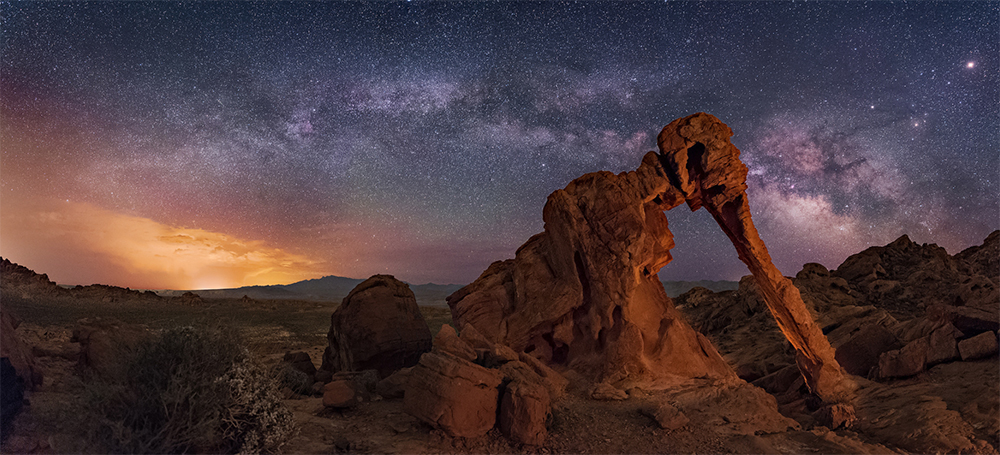
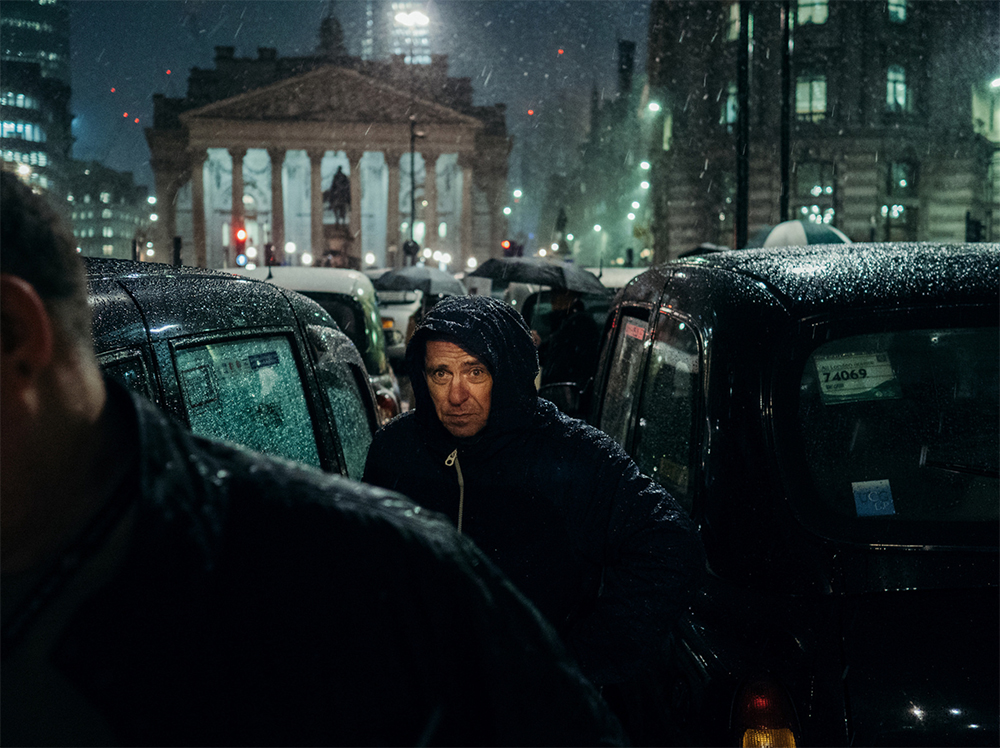
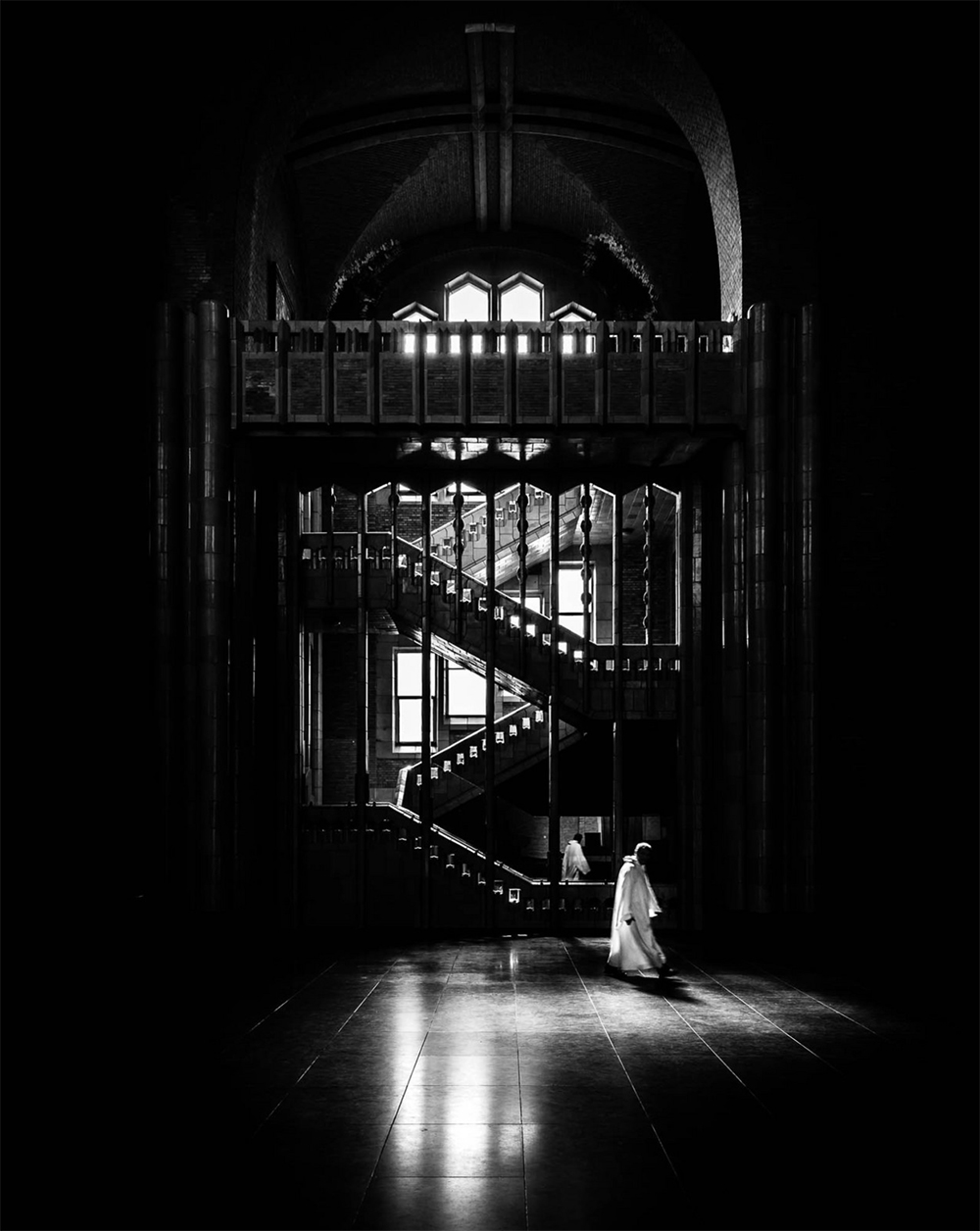
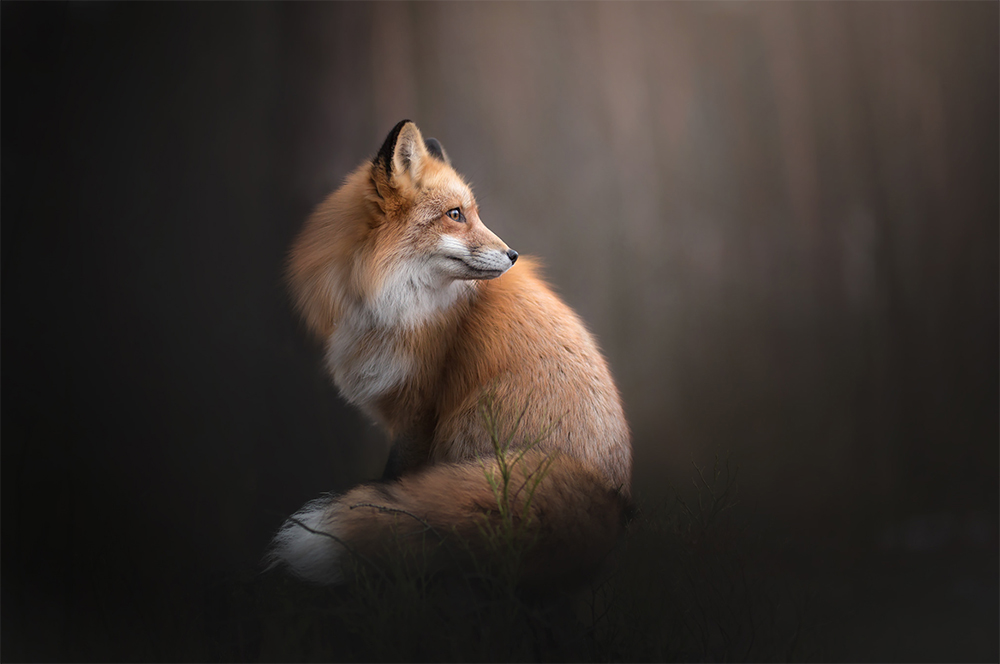
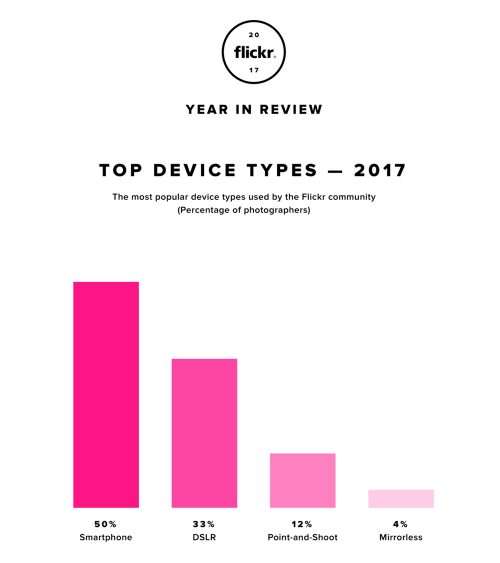

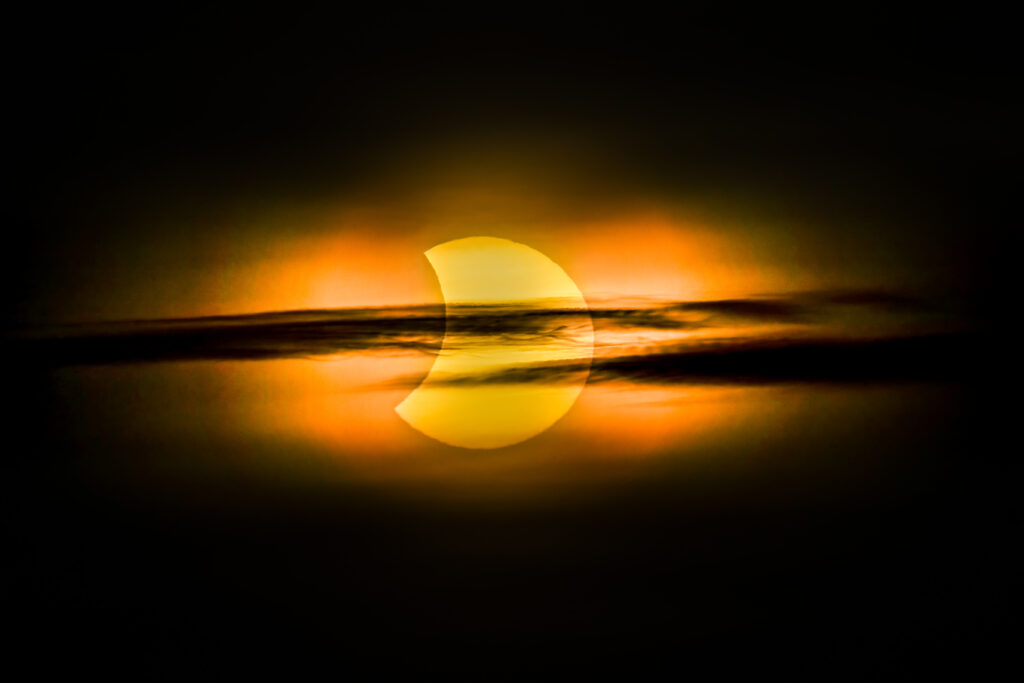
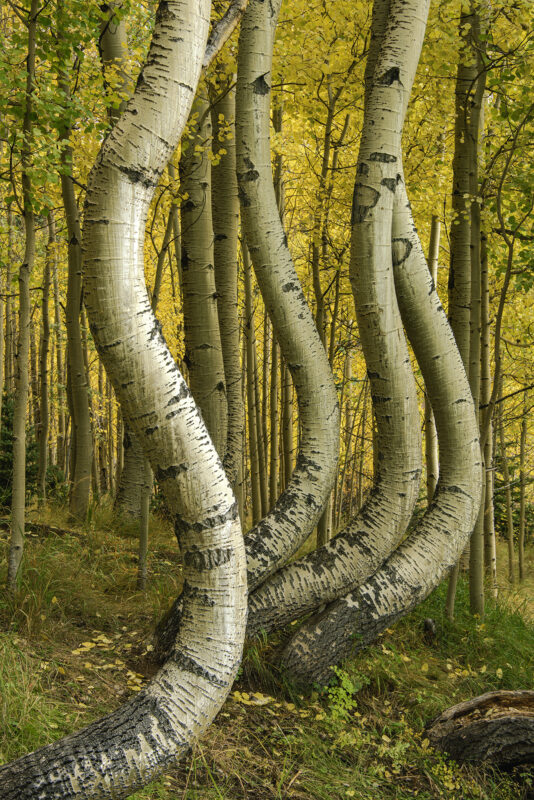
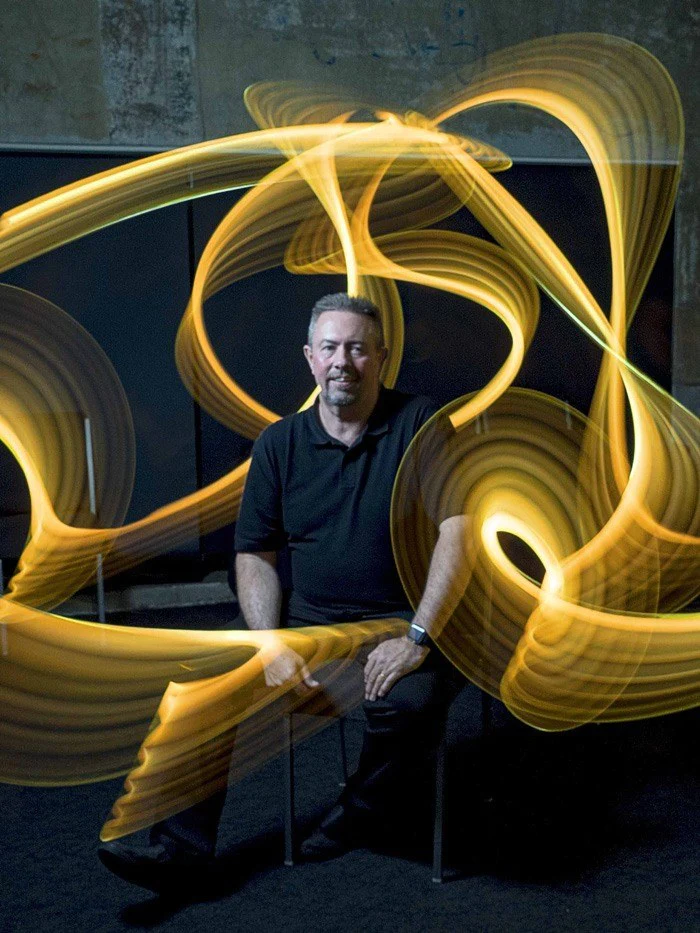
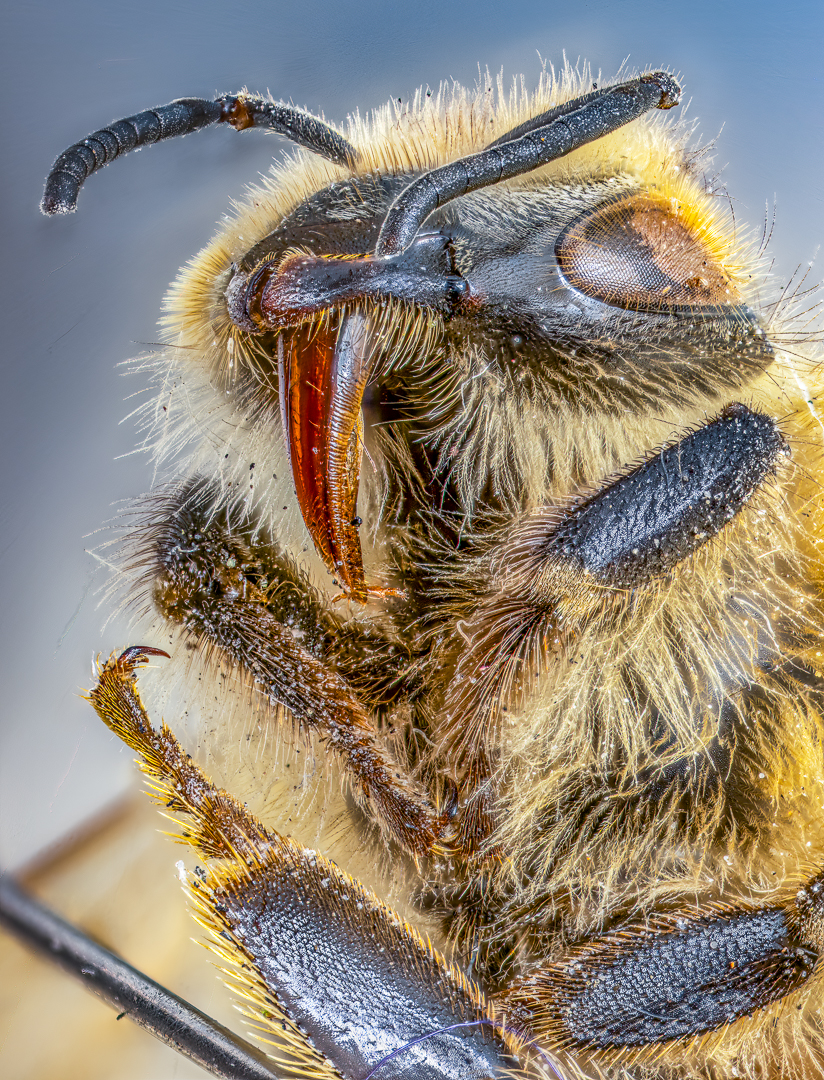
12 Comments
I don’t do social media but it’s nice to know some of the info, will want to look at the 25…been up all nite, just couldn’t sleep???
Nice article Dahlia!
Thank you so much Kent 🙂
Mick here again, hope U don’t mind…Dahlia went to your Flickr account first & your photography of the moon w/the shadow on it’s left is fantastic!! I think I’m in the running w/my “Mystic Moon” of windswept clouds (photo turn upside down) plus those 25 are craftsmen at their best…I go and see if I can still login at Light Stalking to share…haven’t done it in a super long time You all made my day!!!
Hi Mick, no problem at all. Thank you for checking out the moon images. Were you able to log into light stalking and get to the forums? See you at the forums 🙂
Interesting article but one small quibble – I’m not sure the statement ” These results reflect that most photographers prefer using Adobe products for post-processing.” is really accurate. Looking at the data one could conclude the majority of photographers who use Flikr use Adobe but there is no data point for whether they like it or not. Without additional data that cannot be extrapolated to the general population of photographers, especially as at least 50% of whom used phones.
I agree with your thoughts on this Steve and thank you for writing your opinion. It really matters 🙂
“Symmetry” as a category for evaluation needs to be scrapped. Asian cultures, for example, abhor symmetry – as do I. They much prefer leading the eye out of the frame into something it requires one’s imagination to “see.” So the viewer must actively participate in the experience.
Perhaps a category of “Leading the Eye” could be used, with sub-categories of “Leading lines,” “What’s beyond the frame,” and “Center of interest.”
What do you think?
Max Gor’s picture is great. But when you post your photo in 96 groups and those groups have millions members who watch your photo and find it good, well, in my view it is part of the secret to be screen and choose so often.
In other words, I’ll chose the super biggest groups with millions of members! Also, I’m sure many photos are not on the right group! A flower on a street scene’s picture could also be in 30 groups of flowers and 50 street scenes! etc…
That’s right Claude. Thank you for reading and sharing your thoughts on this 🙂
Surprised at the report results – mainly because it reflected my own preferences!!!
If Flickr popularity is the main photographic purpose then use the above ingredients and mix them to your best technical ability. If artistic expression is the focus, and finding new avenues to create something unique follow your own vision.